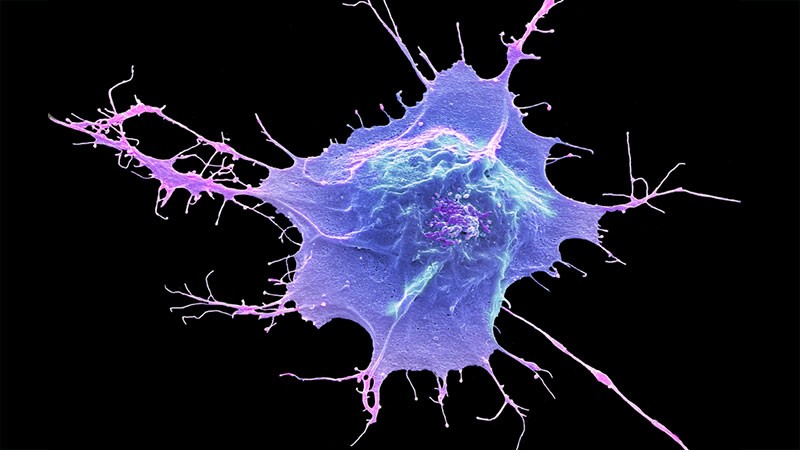
by admin | Sep 1, 2022 | Bernie Siegel’s WORLD STEM CELL SUMMIT BLOG, News and Opinions
By Kara Manke – Berkley News UC Berkeley postdoctoral scholar Chi Zhu is part of a team of researchers who are developing a new COVID-19 therapeutic that can be administered as a nasal spray. The experimental treatment is effective against all SARS-CoV-2...

by admin | Aug 31, 2022 | Bernie Siegel’s WORLD STEM CELL SUMMIT BLOG, News and Opinions
By Katie Brighton – Technology Networks T-cell therapy is a growing field, with applications moving beyond treating blood cancers to treating solid tumors too. Progress is also being made towards using T-cell therapy to treat infectious diseases such as human...

by admin | Aug 31, 2022 | Bernie Siegel’s WORLD STEM CELL SUMMIT BLOG, News and Opinions
Just published! Some are hailing this promising discovery the next Fountain of Youth, but let’s not get carried away. Brief exposure to drug #rapamycin has the same anti-aging effects as lifelong treatment. The #MaxPlanckInstitute made headlines in the...

by admin | Aug 29, 2022 | Bernie Siegel’s WORLD STEM CELL SUMMIT BLOG, News and Opinions
Has public enthusiasm for #IPSCs waned in Japan? The subject article addresses the topic by focusing on three ongoing studies. Transplanting reprogrammed heart muscle stem cells into a patient. Transplanting IPSC derived #cornea cells- with some vision improvement...

by admin | Aug 26, 2022 | Bernie Siegel’s WORLD STEM CELL SUMMIT BLOG, News and Opinions
by University of New South Wales – Phys.org Imagine if one day blood transfusions from strangers were not needed because they could be produced from cells that line your own blood vessels’ cells. While that day is still some years off, medical researchers...

by admin | Aug 25, 2022 | Bernie Siegel’s WORLD STEM CELL SUMMIT BLOG, News and Opinions
Regenerative Medicine Foundation director highlights the need for patient advocacy in longevity and calls for treatments to be made available to all – not just the few. Author: Danny Sullivan – Link to Article Regenerative medicine is one of the most promising...







